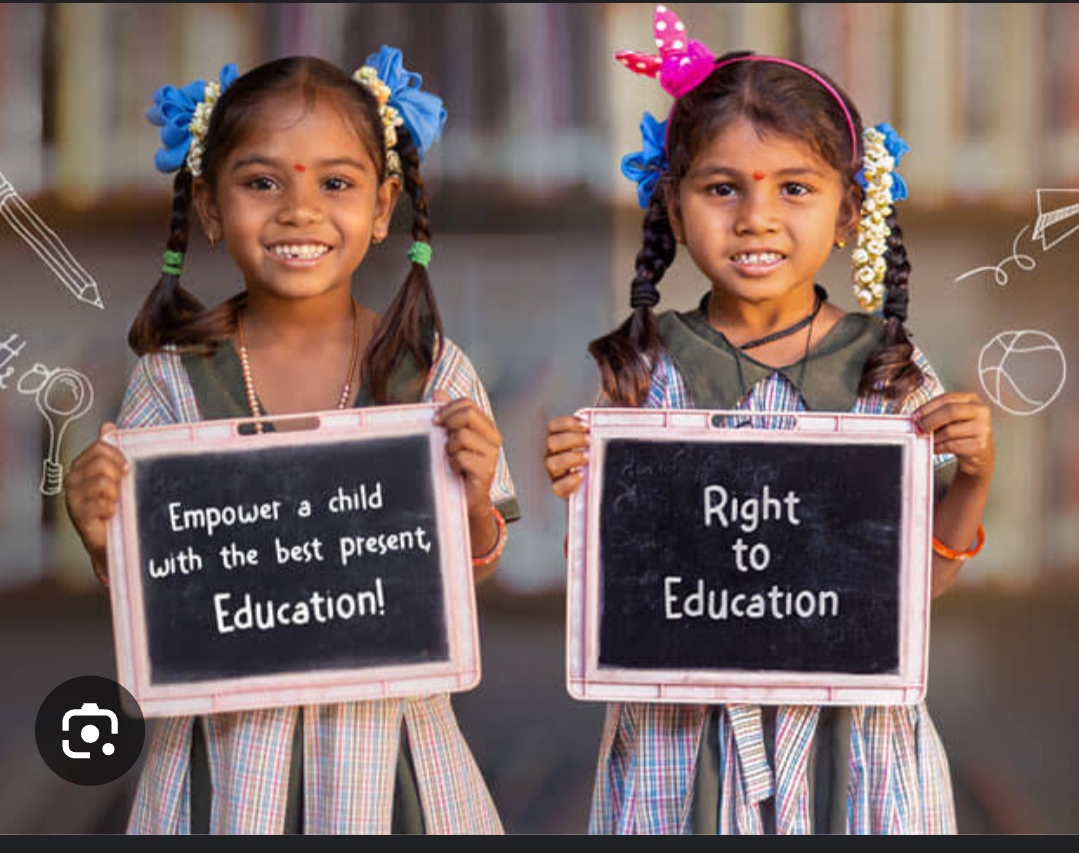
Education is the foundation of a better future. It empowers individuals, uplifts communities, and contributes to the economic and social development of nations. Yet, for millions of underprivileged children around the world, the opportunity for a quality education remains a distant dream. These children, despite their inherent potential, often find themselves caught in the cycle of poverty, where access to education is limited by financial constraints, social inequalities, and a lack of basic resources.
The Importance of Education for All
Every child, regardless of their background, deserves the right to education. It’s not just about learning to read and write; education opens doors to opportunities, enabling individuals to build better lives for themselves and their families. When children are educated, they grow up to become informed, responsible citizens who can contribute positively to society. For underprivileged children, education is often the only way out of poverty, offering them a chance to overcome the limitations imposed by their circumstances.
The long-term benefits of educating underprivileged children are profound. Studies show that providing quality education to marginalized children reduces inequality, promotes gender equality, and leads to healthier and more prosperous communities. By investing in education, we are investing in a future where every child can reach their full potential.
Barriers to Education
While the importance of education is clear, underprivileged children face significant barriers that prevent them from accessing it. These include:
1. Financial Constraints: Many families cannot afford school fees, uniforms, or basic supplies, forcing children to drop out or never enroll at all.
2. Geographic Barriers: In rural or remote areas, schools may be too far, and the lack of transportation makes it difficult for children to attend regularly.
3. Gender Inequality: In many communities, girls are more likely to be denied education due to cultural norms, early marriages, or household responsibilities.
4. Lack of Infrastructure: Poor school infrastructure, overcrowded classrooms, and a shortage of trained teachers further limit the quality of education that children receive.
5. Child Labor: Many children from low-income families are forced to work to support their households, leaving little or no time for schooling.
How We Can Help
Addressing these barriers requires collective effort from governments, NGOs, businesses, and individuals. Here’s how we can contribute:
1. Financial Support: Donating to organizations that provide scholarships, school supplies, and other essential resources can directly impact a child’s ability to continue their education.
2. Volunteer Teaching: Individuals with time and skills can volunteer at local schools or community centers to tutor and mentor underprivileged children, helping them bridge the learning gaps.
3. Advocacy: Raising awareness about the importance of education for underprivileged children and advocating for policy changes can lead to more inclusive education systems and government support.
4. Support for Girls’ Education: Special initiatives aimed at promoting girls’ education can help break cultural barriers and ensure that girls receive the same opportunities as boys.
5. Innovative Solutions: Technology can play a vital role in reaching underserved communities. Supporting initiatives that use digital platforms to provide educational content can bring learning to remote areas.
Conclusion
Supporting the education of underprivileged children is not just an act of charity—it is a necessity for building a more just and equitable society. When we invest in education, we invest in the future of entire communities and nations. Every child deserves a chance to learn, grow, and achieve their dreams. By coming together and taking action, we can help break the cycle of poverty and create a brighter future for the next generation.
Together, let’s ensure that no child is left behind.
Author :- Ritesh Raj







